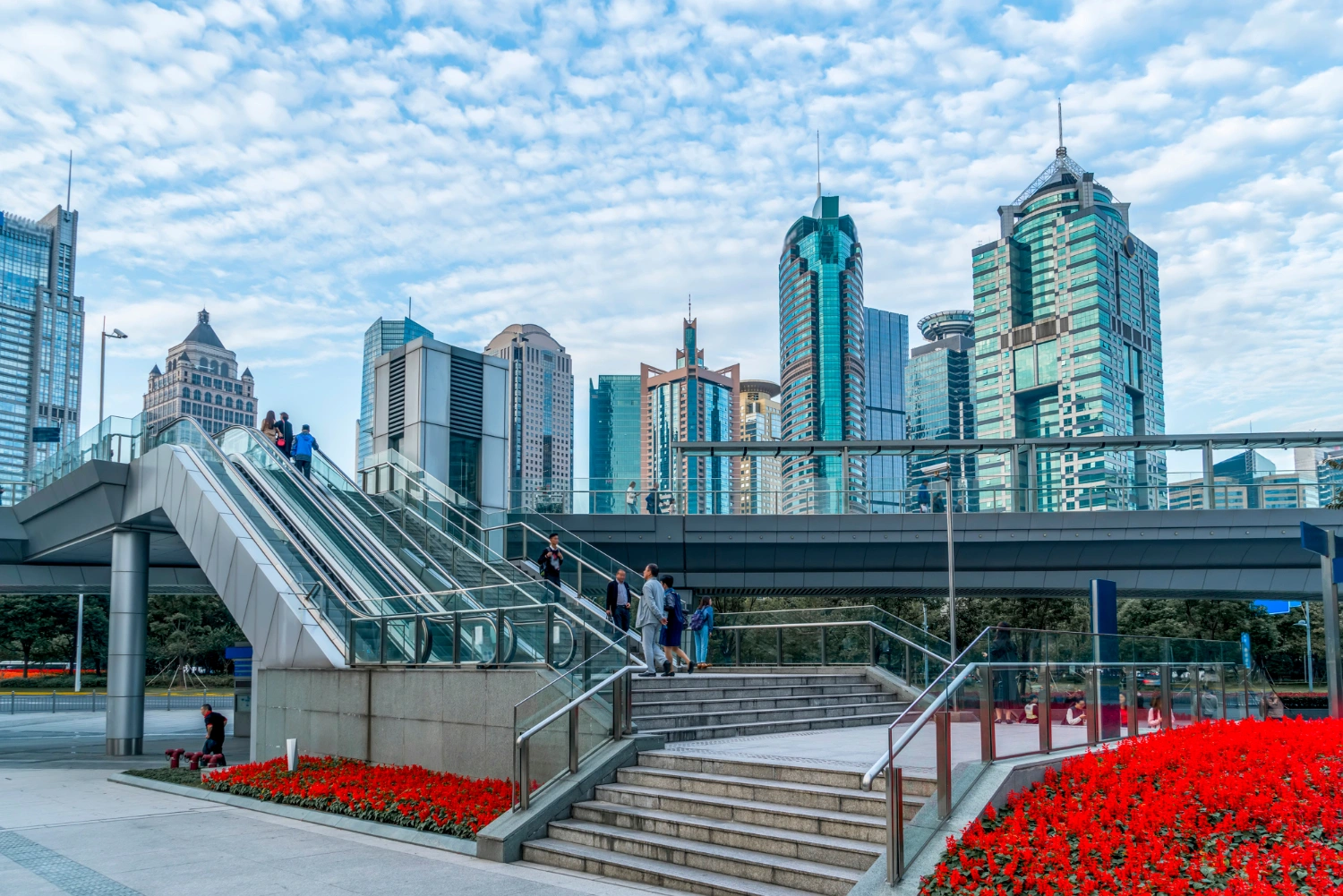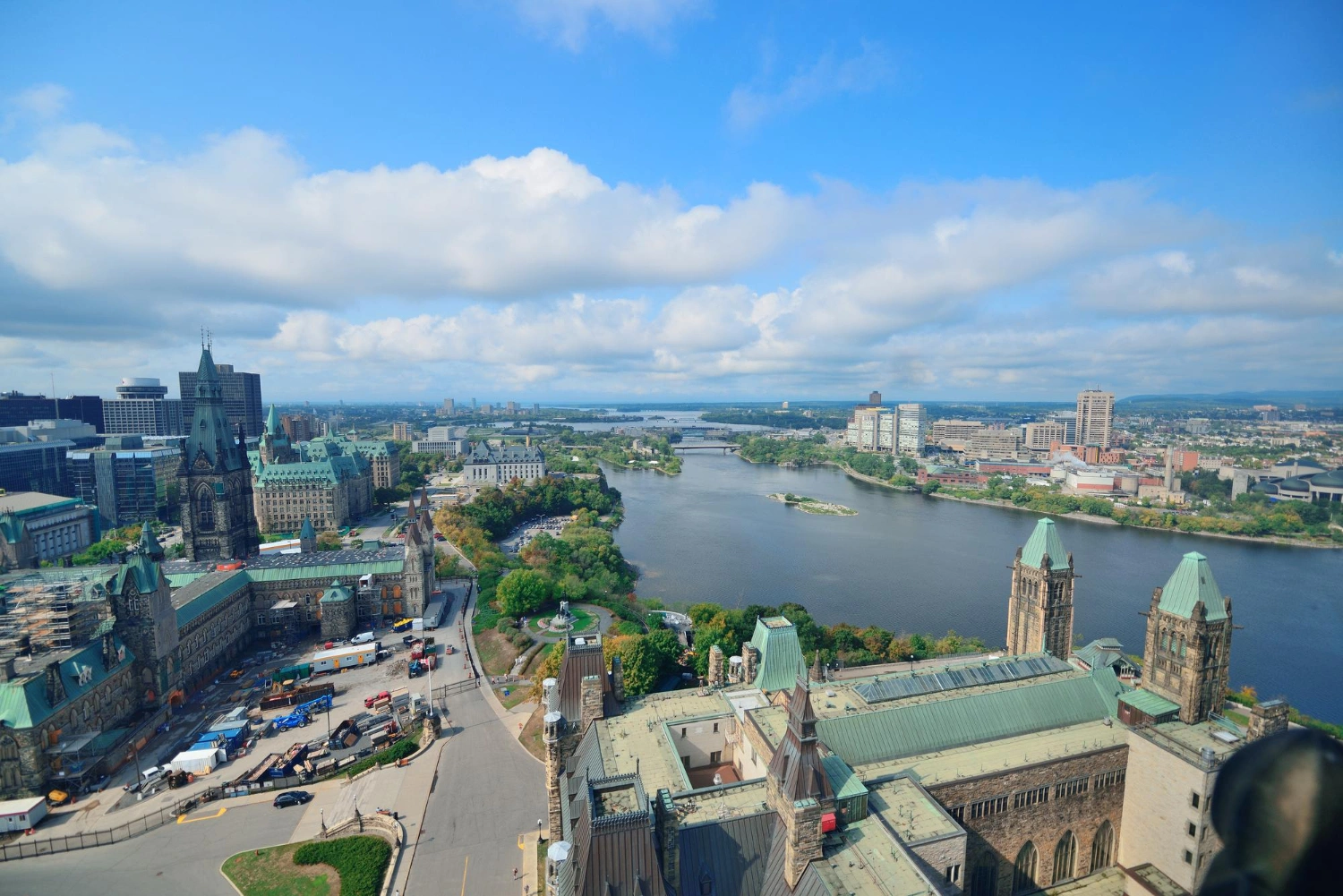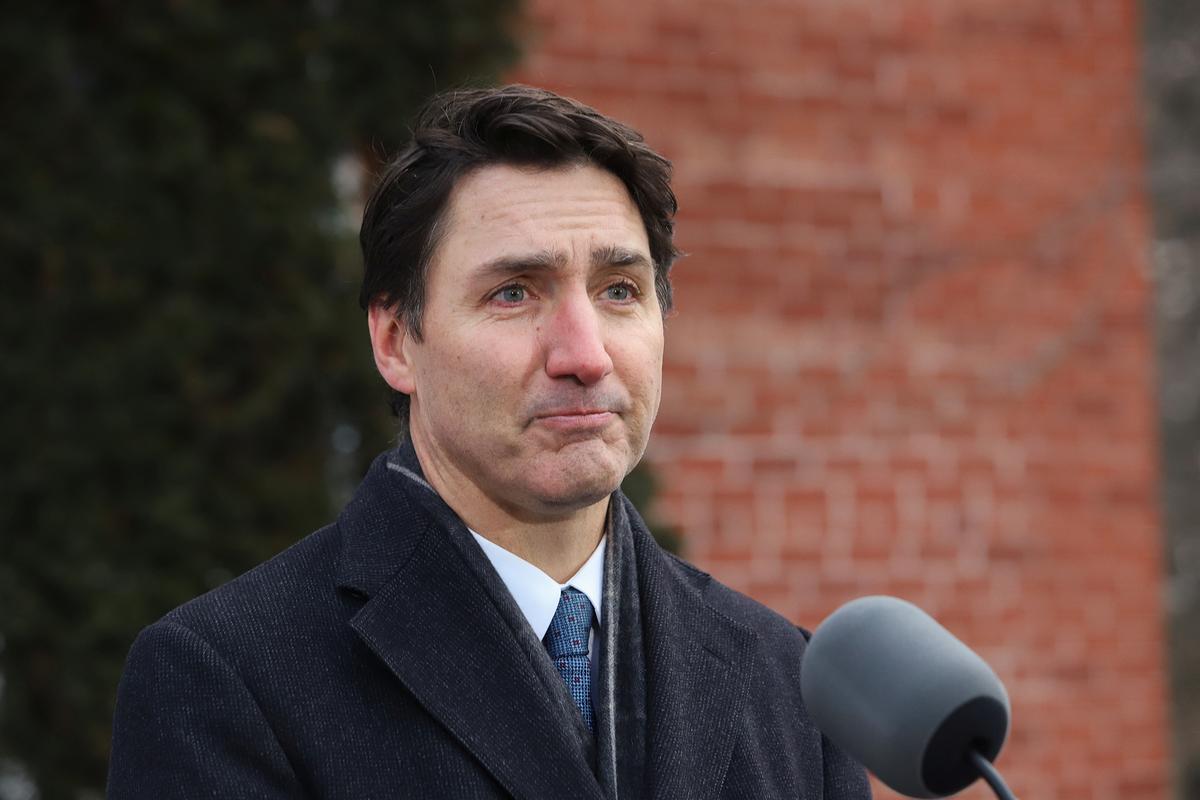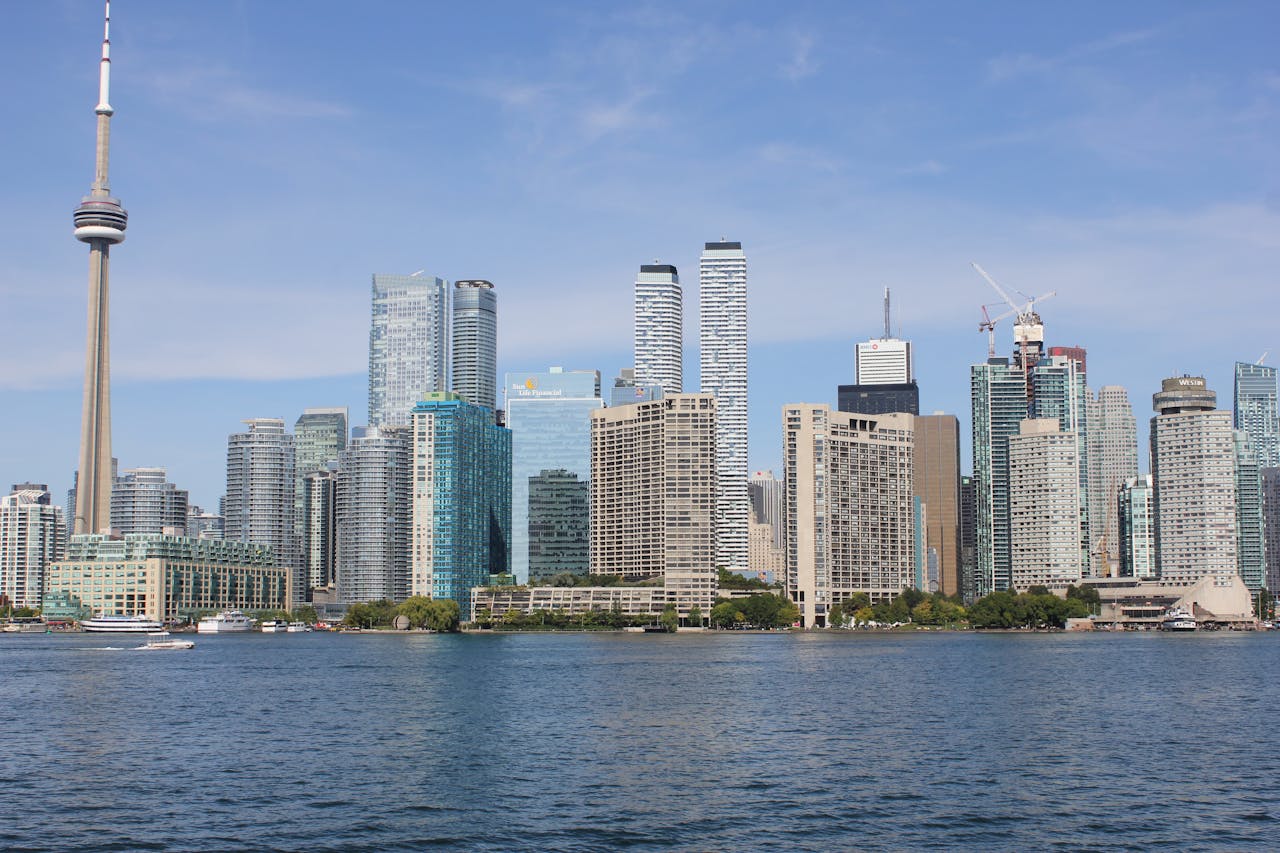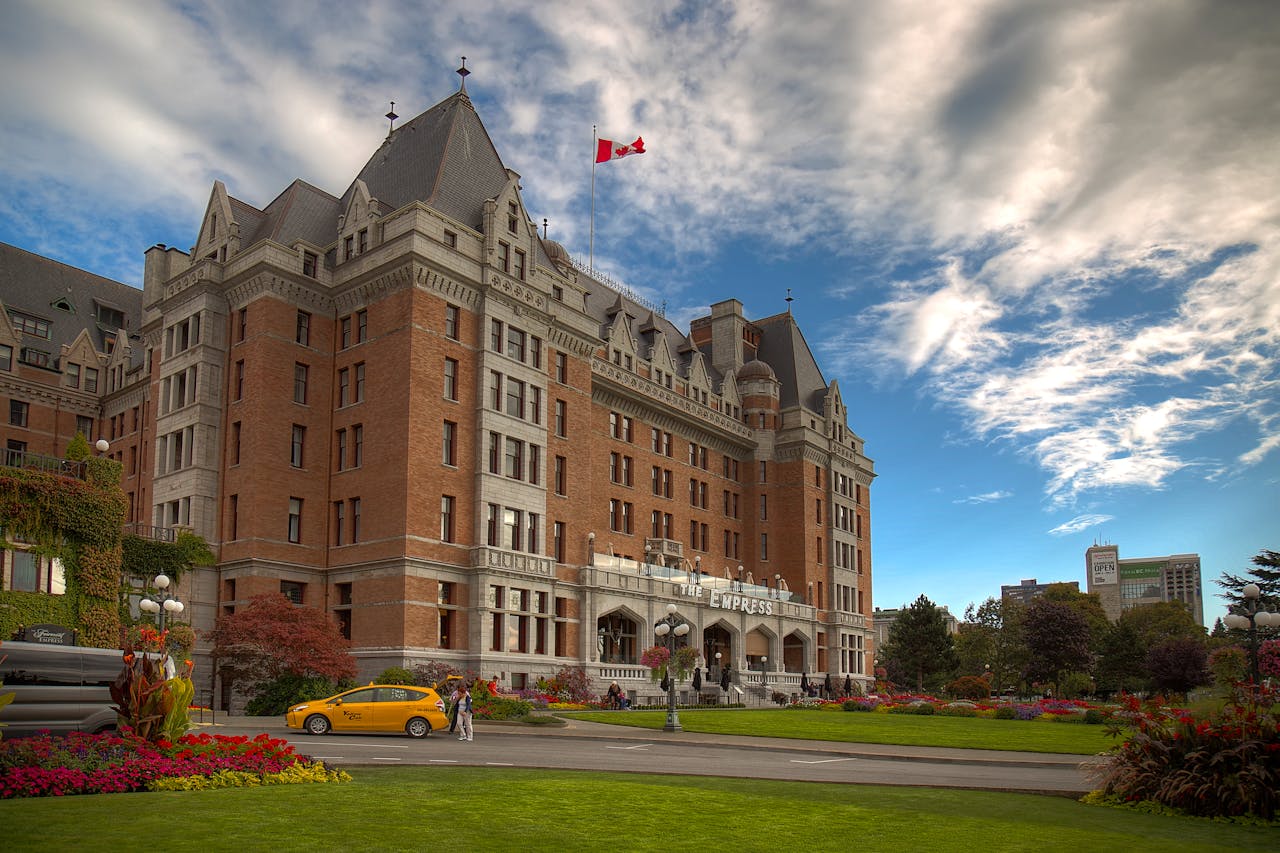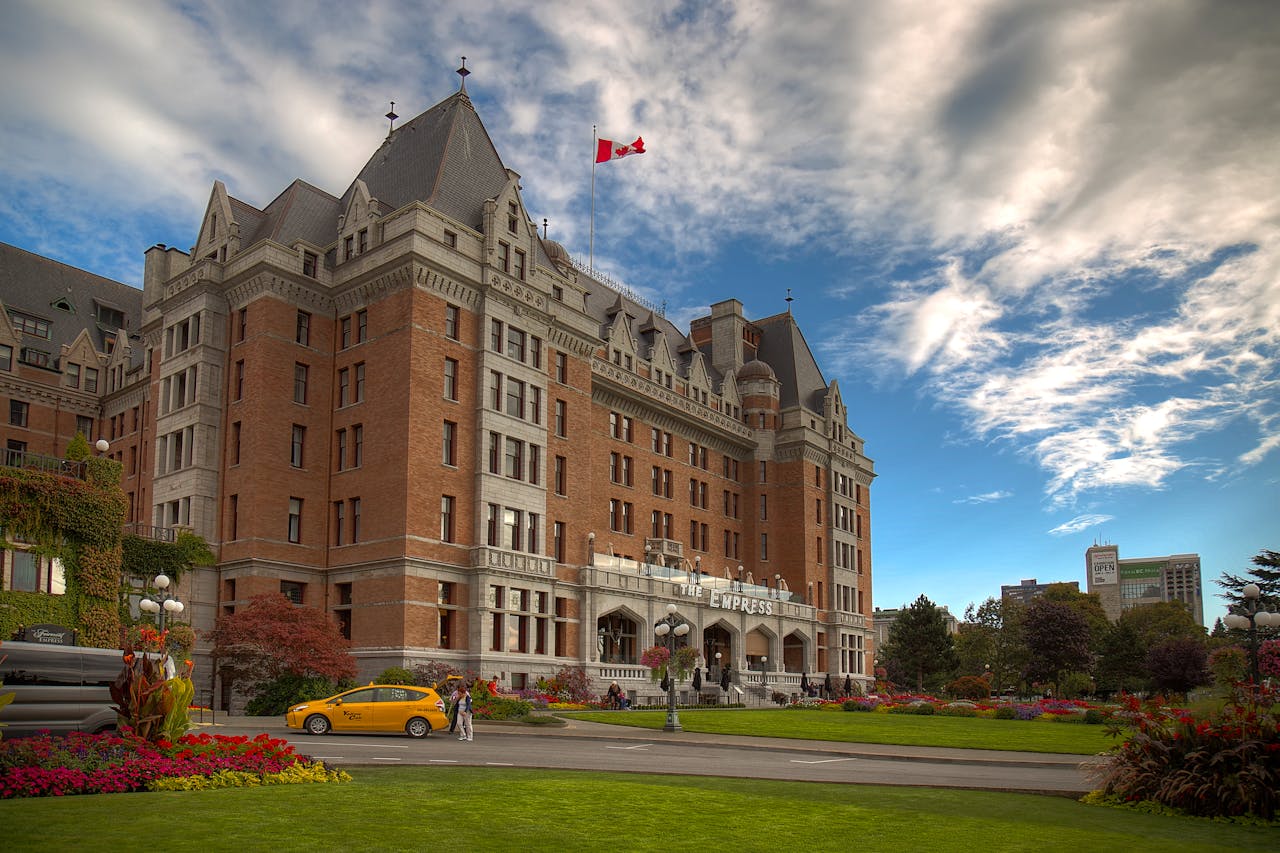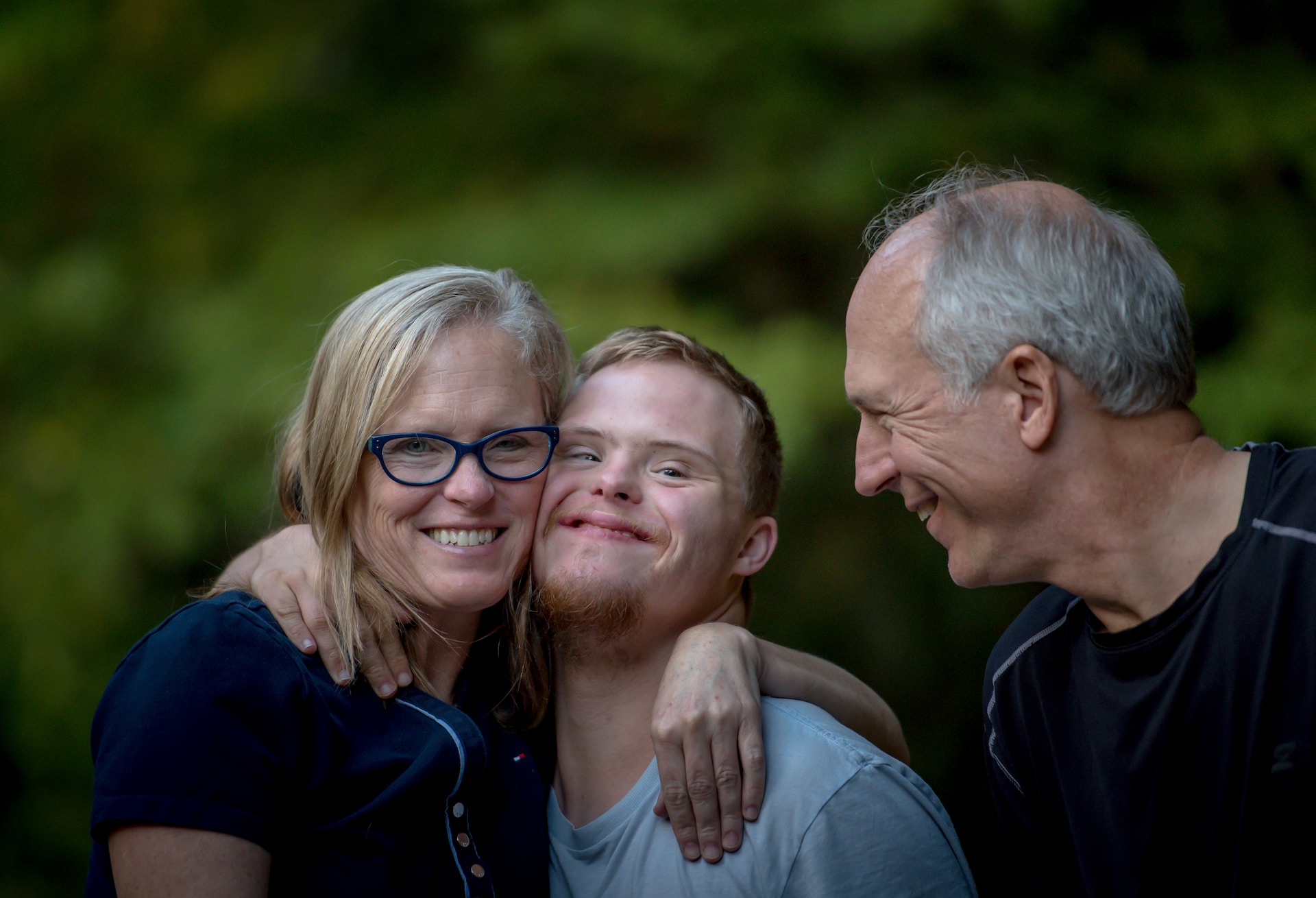
Canada’s New Immigration Roadmap
Canada is set to embark on a renewed path for immigration under Prime Minister Mark Carney’s leadership, with a clear emphasis on sustainable growth and global talent acquisition. In a sweeping new mandate letter addressed to his cabinet, Carney outlined immigration reform as one of the federal government’s top seven priorities, emphasizing a recalibrated approach aimed at long-term national resilience and economic development.
Also Read Canada Charts a Smarter Path for Immigration Reform in 2025
A Dual-Pronged Vision: Balance and Brainpower
At the heart of Carney’s immigration directive lie two core ambitions:
- Reducing overall immigration to sustainable levels,
- Enhancing Canada’s ability to recruit top-tier global talent.
This approach marks a pivotal recalibration from previous strategies, reflecting a broader political acknowledgment of the socioeconomic pressures associated with rapid population growth—particularly on housing, healthcare, and social services.
The directive signals a notable shift in tone from Carney’s predecessors. While previous administrations championed record-breaking immigration levels as a driver of economic expansion and demographic balance, Carney’s mandate urges a more measured strategy, rooted in sustainability and systemic capacity.
Reining in Numbers: A Return to Stability
Carney’s first major immigration goal is focused on reducing the overall number of newcomers to levels that Canada can realistically support. With the population expected to surpass 41.5 million in 2025, the updated immigration targets set forth in the current 2025–2027 Immigration Levels Plan—395,000 permanent residents in 2025, 380,000 in 2026, and 365,000 in 2027—already reflect a conscious effort to fall below the 1% annual population increase threshold.
This policy aligns with promises made during the most recent Liberal campaign, which emphasized a need to “stabilize permanent resident admissions” and ease the strain on housing markets and public infrastructure. The shift in focus responds to mounting public concerns over affordability and urban overcrowding, especially in metropolitan regions.
Competing Globally for Skilled Talent
While cutting back on numbers, Carney is doubling down on quality. His second immigration priority centers around attracting high-skilled workers and innovators, particularly in fields essential to Canada’s economic growth.
A key part of this strategy involves updating and expanding the Global Skills Strategy (GSS)—a fast-track federal work permit program designed to help Canadian employers access highly qualified international professionals in as little as two weeks.
Carney’s mandate emphasizes supporting fast-growing businesses, encouraging entrepreneurship, and boosting the country’s ability to compete with jurisdictions like the United States for elite talent. Special attention will be given to streamlining the recognition of international credentials and enhancing pathways for foreign-trained professionals to enter and thrive in the Canadian job market.
Continuing the Shift: From Quantity to Strategy
This strategic reset is not entirely new. It follows a series of immigration reforms initiated during the final phase of Justin Trudeau’s tenure, under the guidance of then-Immigration Minister Marc Miller. Responding to growing unease about affordability, Miller’s reforms laid the groundwork for a more restrained and responsive immigration system.
Key initiatives introduced during that time include:
- Tighter controls on study and work permits;
- A pause on low-wage LMIA applications in cities with high unemployment;
- Caps on study permit applications;
- Revised criteria for the Post-Graduation Work Permit (PGWP), including academic program and language requirements;
- Limits on family member eligibility for Open Work Permits (OWPs);
- Redefining occupational categories within the Express Entry system;
- Removal of “arranged employment” points in Express Entry’s CRS;
- And new immigration streams targeting skilled trades, especially in the construction sector.
Carney’s vision builds on these structural adjustments, cementing a policy shift from open-door enthusiasm to strategic selectivity.
Looking Ahead: Implementation and Collaboration
While Carney’s mandate letter outlines ambitious goals, key details—including how these initiatives will be executed and whether individual ministers will receive tailored mandates—remain unclear. Nonetheless, the message is unmistakable: Canada’s immigration strategy is evolving to meet the realities of the current moment.
Future implementation will likely require close cooperation between federal, provincial, and territorial governments, especially in sectors like healthcare, construction, and technology where labour shortages persist despite broader efforts to reduce immigration volumes.
As Canada moves forward, its success will hinge on balancing inclusivity with pragmatism—ensuring the immigration system remains a tool for both national prosperity and social cohesion.
In Summary: A Shift Toward Smart Immigration
Prime Minister Carney’s latest mandate signals a pivotal turn in Canada’s immigration policy. With a firm grip on sustainability and a forward-looking vision for economic competitiveness, his government appears ready to navigate the complex terrain of global migration in a way that is both economically strategic and socially responsible.
Whether this recalibrated approach proves successful will depend on execution, but one thing is clear: Canada’s immigration story is entering a new chapter—one defined by purpose, precision, and planning.














